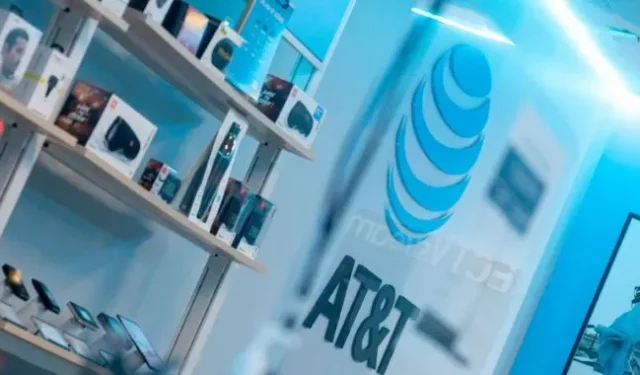AT&T won’t update ‘old’ phones for new 5G bands

AT&T has acknowledged it will not be updating “old”phones and tablets, some of which were released as recently as June, as it rolls out its newly acquired 5G midbands, going back to public announcements made as recently as late August.
On August 23, the carrier told CNET that it would release a software update that would allow phones like the iPhone 12 and 13, Pixel 6 models, Galaxy S21, and low-end Motorola phones to use the 3.45GHz C-band acquired by AT&T for about 9.1 billion dollars at the beginning of 2022. Combined with the low-frequency access already offered by AT&T, this will give its 5G phones access to both wider coverage and higher average speeds.
This was a marked departure from AT&T’s position in January 2022, just after it won its hard-fought spectrum auction. Then Chris Sambar, AT&T’s EVP of Technology Operations, told CNET that 3.45GHz support will only be available on “major flagship devices in 2022, large devices from major OEMs.”
AT&T’s midsummer confidence, or confusion, came to light just over two weeks after it announced and confirmed the upgrade promise.
AT&T acknowledged to CNET last week that the list of devices supporting its new bands is more like 11 new flagship devices than more than 30 existing models. According to Jim Greer, AT&T’s assistant vice president of corporate communications, AT&T described a significant discrepancy in the “inaccurate list. .. provided in error and then incorrectly confirmed during fact-checking”of the CNET report.
It is not clear if AT&T was wrong about the frequency capabilities and hardware inside the phones it sells, if there was an issue with the FCC certification, or if AT&T simply abandoned its job of making “old”phones viable with a software update.
The iPhone 13 uses a Qualcomm SDX60M modem, while the iPhone 14 most likely uses the X65, the same chip as the Samsung S22 models. A February report from PC Magazine noted that the X65 could reach and combine AT&T frequencies from the bottom and top of the n77 C-band subsection, providing 85 MHz space, compared to 45 MHz on the X60 chip.
Those with 5G enabled phones at AT&T will still have access to the 3.7GHz C-band, as well as mmWave and low bands. Notably, AT&T continues to sell phones and other 5G devices that will never have access to its core 3.45GHz space, some with three-year contracts.
AT&T has had a rich streak of fact-mixing and marketing lately when dealing with new networking technologies. In early 2019, the carrier placed a “5GE”badge on 4G-only phones, proudly claiming that it “broke our industry’s notion”of what actually counts as 5G. After lawsuits and arbitration hearings, AT&T was forced to drop it, at least in advertising.
In mid-2020, AT&T sent a misleading email message to customers with 3G phones that led many to believe their phones would soon stop working and require an upgrade. AT&T wasn’t going to shut down 3G until February 2022, and some of those customers had phones that would operate on other frequencies after that date.
When AT&T finally launched its 5G network, testers found it to be noticeably slower than many of its competitors’ 4G offerings.
We have reached out to AT&T for comment on this post and will let you know if we get a response.
Leave a Reply